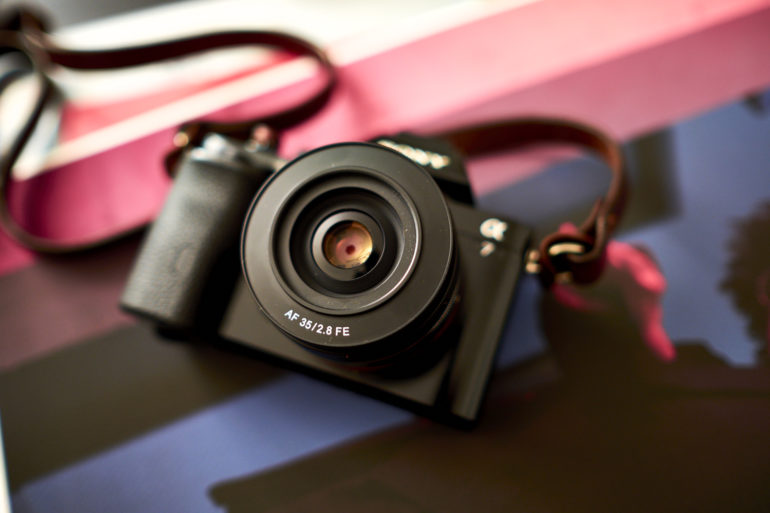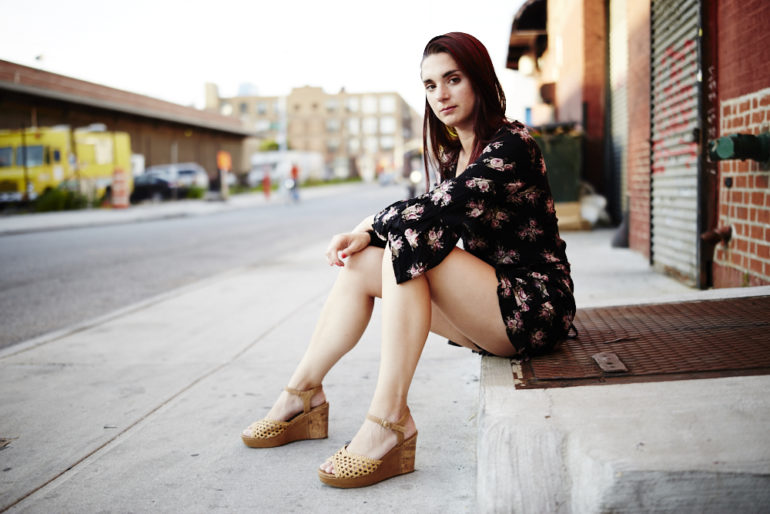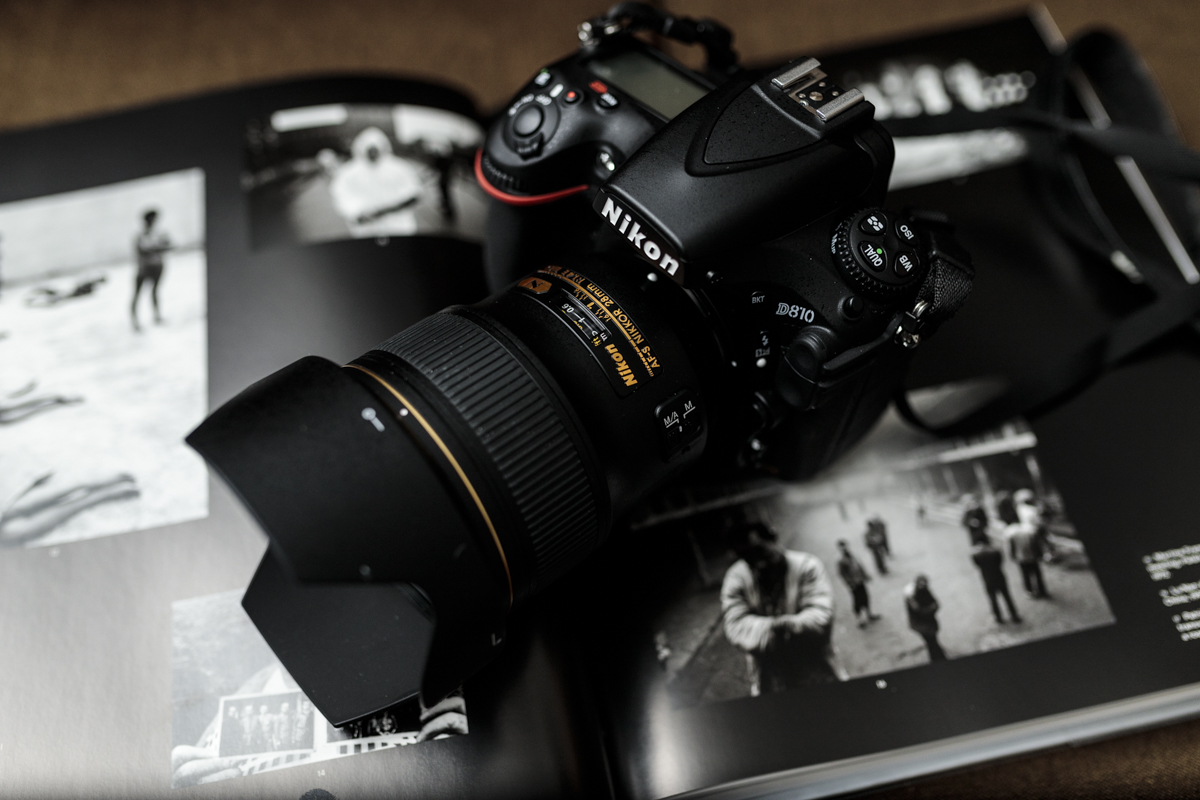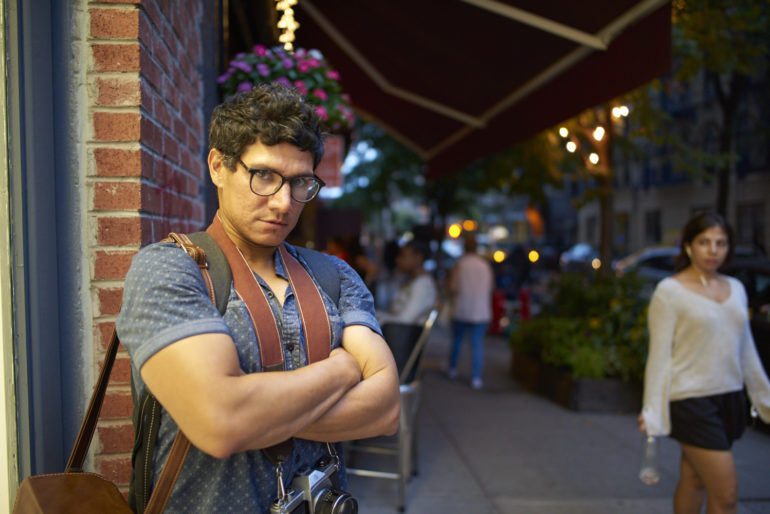Last Updated on 11/03/2017 by Chris Gampat
It is a question you may have found yourself asking at some point over the years: 28mm or 35mm? These are two focal lengths that render somewhat similar fields of view, have similar distortion characteristics and are generally around the same size. So, what is the point? Why would one choose to go with 35mm over 28mm, or 28mm over 35mm? That is what we are here to discuss today!
Specifically, from the APS-C crop sensor perspective, the 28mm vs 35mm debate has a lot of ramifications. But speaking generally real quick, while these focal lengths are quite similar in many respects, they produce different looks. Photographers who generally prefer a tighter frame will most likely lean towards the 35mm end of the spectrum and photographers who generally like a wider frame will probably prefer the 28mm look.

Bringing this back into the APS-C arena, there are some bigger things to consider when choosing between the two. Personally, I am a big fan of 35mm on my Fujifilm gear. I like the look and that ~50mm equivalent rendering. But at the same time, I am often going to my client’s homes and shooting in their tiny bedrooms, and many times the 35mm is just a little too tight to work comfortably in those conditions. So in those cases, I actually really like 28mm because it gives me a look that is familiar and similar to a 35mm look, yet yields additional width that I need to make those smaller spaces work for me.
Out and about in the everyday world, I would also always grab the 35mm first. I feel like this is probably the case for the vast majority of photographers out there as well, except maybe landscape people or architectural photographers – anyone who needs the extra width.

Both are great lens options and both will serve you well if used correctly. However, you will have an easier time getting your hands on a 35mm these days as 28mm has mostly fallen out of favor with the major lens makers, with a few exceptions.
28mm and 35mm Lens Recommendations
- [amazon_textlink asin=’B00A35X6NU’ text=’Sigma 35mm F1.4 Art’ template=’ProductLink’ store=’thephobl-20′ marketplace=’US’ link_id=’c9f32014-a21b-11e7-b91a-ed0e06a4fdf4′] (Our Review)
- [amazon_textlink asin=’B071PFFSKM’ text=’Nikon 28mm F1.4′ template=’ProductLink’ store=’thephobl-20′ marketplace=’US’ link_id=’d0afd3b2-a21b-11e7-9eb5-37365d5e2389′] (Our Review)
- [amazon_textlink asin=’B001EJ5P0G’ text=’Voigtlander 28mm F2′ template=’ProductLink’ store=’thephobl-20′ marketplace=’US’ link_id=’d71258fb-a21b-11e7-8101-b77cfeb8be09′]
- [amazon_textlink asin=’B016S28I4S’ text=’Fujifilm 35mm F2′ template=’ProductLink’ store=’thephobl-20′ marketplace=’US’ link_id=’ea394d3d-a21b-11e7-83d9-3948060a2099′] (Our Review)
- [amazon_textlink asin=’B014EOML6S’ text=’Canon 35mm F1.4L II’ template=’ProductLink’ store=’thephobl-20′ marketplace=’US’ link_id=’f4a80cf3-a21b-11e7-adf9-a90c3a0b13a8′] (Our Review)
- [amazon_textlink asin=’B00FSB79KU’ text=’Sony 35mm F2.8′ template=’ProductLink’ store=’thephobl-20′ marketplace=’US’ link_id=’fdff8f31-a21b-11e7-a07b-e3983c9b583a’] (Our Review)



